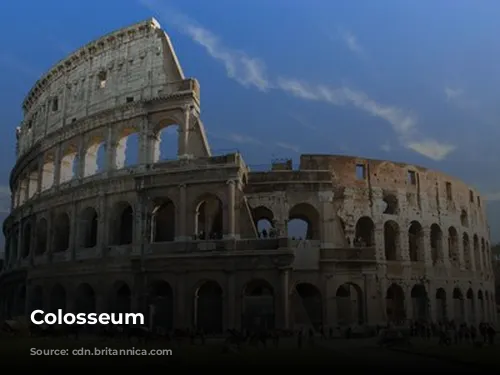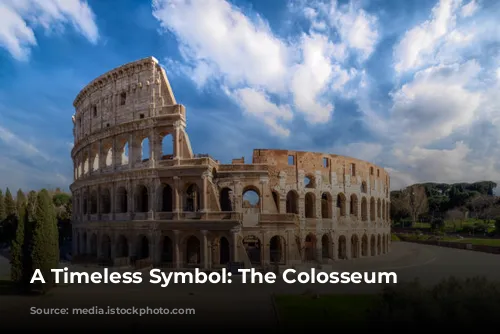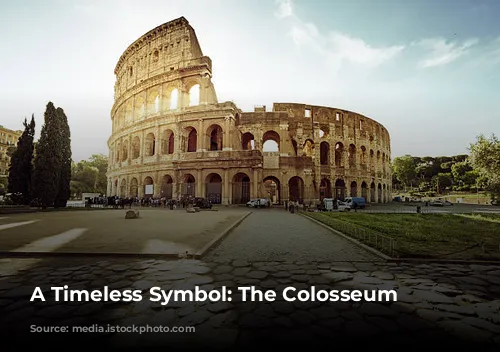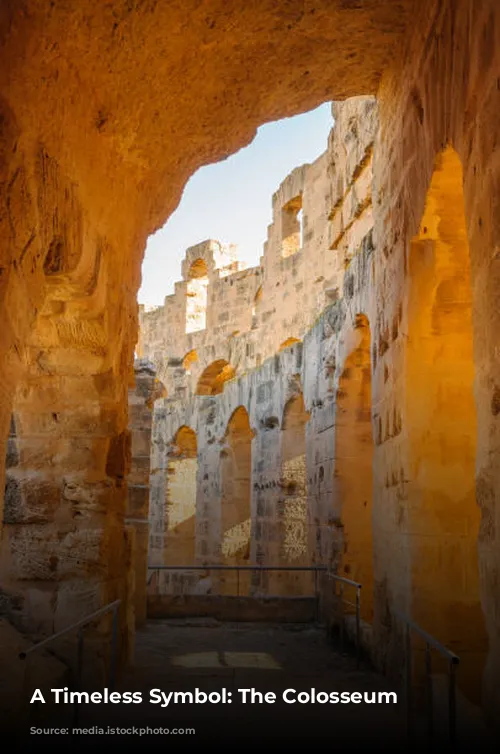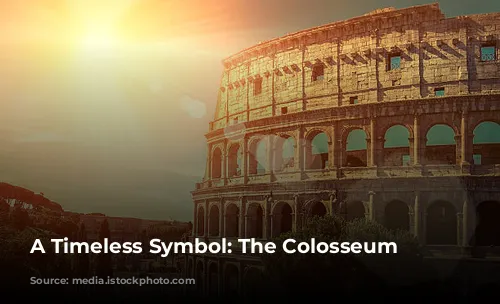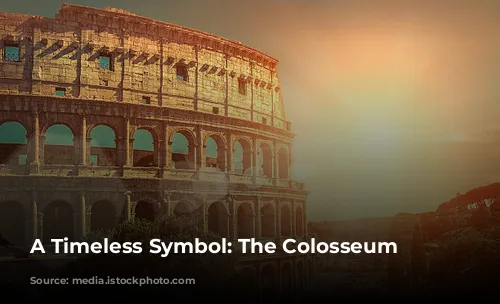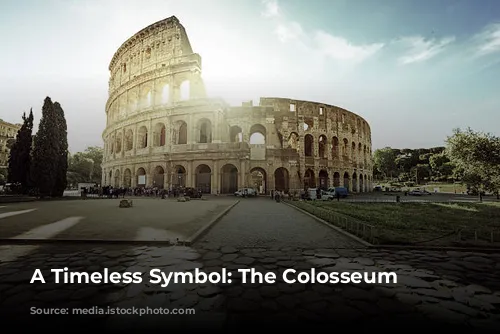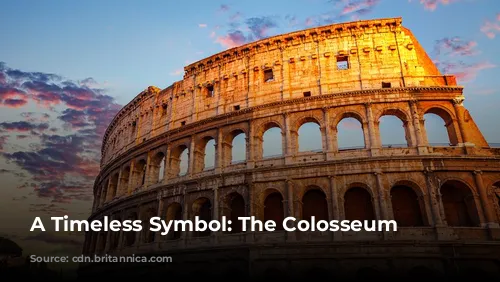Standing tall as a testament to ancient Rome’s brilliance, the Colosseum remains one of the most iconic structures in the world. Today, this architectural marvel draws millions of visitors each year, making it a vital source of revenue for the Italian government. In 2018 alone, the Colosseum, Roman Forum, and Palatine Hill collectively generated over $63.3 million (€53.8 million), marking the highest revenue for any tourist attraction in Italy.
The Colosseum’s journey through time has been marked by periods of glory and neglect. Following the fall of the Western Roman Empire, the magnificent arena fell into disrepair. During the 12th century, the Frangipane and Annibaldi families repurposed the Colosseum into their fortress, a stark contrast to its original purpose. In the late 15th century, Pope Alexander VI allowed the Colosseum to be used as a quarry, stripping away its precious marble and decorative materials. It was only in the 1990s that a comprehensive restoration effort, fueled by state funding, began to breathe new life into this ancient gem.
A Monument to Power and Spectacle
The Colosseum’s construction arose from a desire to rejuvenate Rome after a tumultuous period. Built under the reign of Emperor Vespasian, the Colosseum was intended as a grand entertainment venue, much like other amphitheaters of the time. Gladiator battles, animal hunts, and even mock naval battles captivated the Roman populace, showcasing the empire’s might and providing a spectacle for the masses.
Vespasian’s vision for the Colosseum was ambitious and significant. Construction began between 70 and 72 CE, culminating in its dedication in 80 CE by Vespasian’s son and successor, Titus. The Colosseum’s fourth story was added by Emperor Domitian in 82 CE. The arena’s construction was funded with plunder from Titus’s conquest of Jerusalem, and enslaved Jews from Judaea provided labor for this colossal project.
A Legacy of Engineering and Design
The Colosseum, also known as the Flavian Amphitheatre, stands as a remarkable feat of Roman engineering. This elliptical structure, crafted from stone, concrete, and tuff, rises four stories high, stretching 620 by 513 feet (189 by 156 meters). Its massive scale allowed for an impressive capacity of up to 50,000 spectators, making it a fitting stage for the gladiatorial combats that captivated ancient Rome.
The Colosseum’s construction was a testament to the Romans’ innovative building techniques. Unlike earlier amphitheaters, which often relied on natural hillsides for support, the Colosseum stands as a freestanding structure. Its innovative use of barrel and groin vaults, combined with a masterful combination of travertine, volcanic tufa, and concrete, solidified its enduring strength and beauty.

A Stage for History
The Colosseum’s immense size and intricate design facilitated a wide range of spectacles. Its vast arena could accommodate gladiatorial combats, animal hunts, and even mock naval battles. A massive retractable velarium, supported by masts extending from the Colosseum’s top story, shielded spectators from the sun. Hundreds of Roman sailors skillfully manipulated the rigging to extend and retract the awning, ensuring a comfortable viewing experience for the thousands who gathered to witness these events.
Despite its long and illustrious history, the Colosseum’s role in the martyrdom of early Christians remains uncertain. However, its enduring legacy as a symbol of ancient Rome’s grandeur and power is undisputed. From its days as a bustling arena to its transformation into a fortress and quarry, the Colosseum has witnessed centuries of history.
Preserving a Timeless Monument
After centuries of neglect, the Colosseum has been the subject of extensive preservation efforts. In the 19th century, notable conservation initiatives were spearheaded by Pope Pius VIII. More recently, a comprehensive restoration project, launched in the 1990s, has revitalized this ancient wonder. Today, the Colosseum stands as one of Rome’s most visited attractions, welcoming close to seven million visitors each year. Regular exhibitions delve into the rich culture of ancient Rome, further enhancing the Colosseum’s allure.
The Colosseum continues to captivate the world with its timeless beauty and historical significance. As a lasting symbol of Rome’s architectural prowess and imperial power, it offers a window into a vibrant past and serves as a reminder of the enduring legacy of ancient civilizations.

